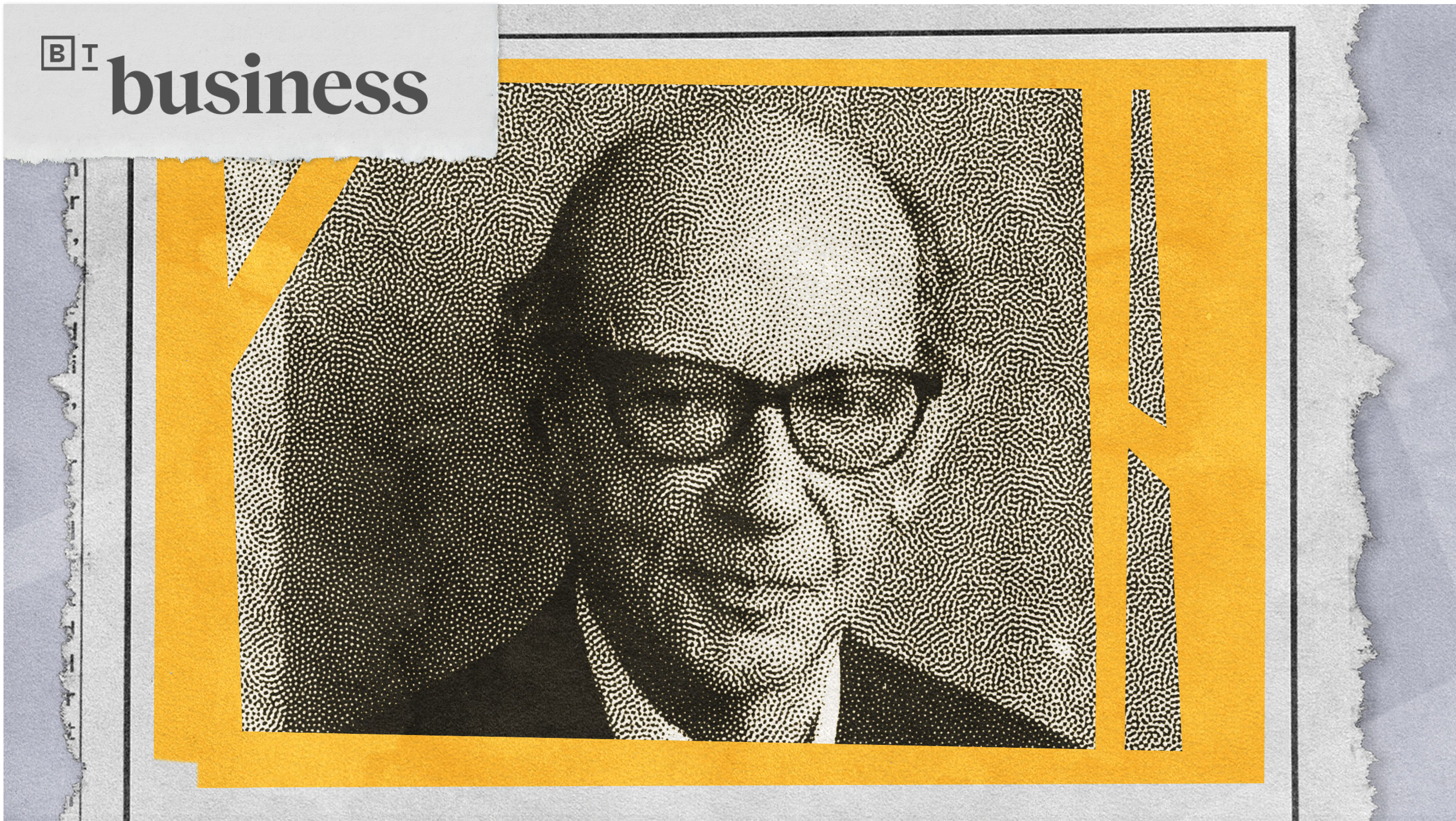Should we be paying ‘invisible’ education professors?
The latest issue of EDUCAUSE Review has a number of excellent articles on openness. One that particularly resonated with me was Maria Andersen’s To Share or Not To Share: Is That the Question? (also available in PDF), which addresses the issue of how ‘open’ faculty are with their work and their ideas. Here’s a quote:
n
n
Two factors delineate a faculty member’s attitude toward openness: a nature influence and a nurture influence. The first factor is the strength of a person’s inclination toward sharing. This characteristic is something that is innate to personality, similar to the Myers-Briggs scale of introversion/extroversion. To move a person on this scale would be akin to changing an introvert to an extrovert. On the one end are the keepers, faculty who ask themselves: “Why would anyone outside my course want to know what I think?” At the other extreme are the sharers, faculty who believe that their contribution to the conversation, content, and/or community is invaluable.
n
The second factor that influences attitude toward openness is how strongly the person feels a moral responsibility to share freely with his or her community. In my conversations with faculty who openly share their thoughts and content, I asked why they share. Many said something to the effect that they felt it was their duty as an educator to share — that everyone in education should share. Open faculty see sharing their ideas and expertise as a way to quickly validate or refute ideas, to promote important academic programs, and/or to mentor those instructors with less experience or to be mentored by those with greater experience or more creative ideas. Open faculty value the ideas and content shared by others in their networks and feel an obligation to share alike. This sense of moral responsibility to share is so strong in some faculty that it bothers them when ideas and content are closely guarded. They see this as an affront to their values.
n
In the category of faculty who are strong sharers and strongly open, we find project leaders and thought leaders.
n
n

I don’t know how many Educational Leadership faculty members are really trying to be thought leaders. I know that I am (which is why I vigorously use social media tools), but I’m not sure that most view their jobs through this lens. As Jon Becker pointed out in his Leadership Day 2010 post, the evidence is pretty clear that even the biggest names inside Educational Leadership academia generally are unknown outside our fairly small circle. It’s safe to say that, for the most part, practitioners and policymakers are completely ignorant of our research, teaching, service, grants, etc. At best, we may have some visibility within our home states through our current students, our alumni, and (possibly) our research projects or centers.
n
The problem, of course, is that the work of any Educational Leadership faculty member that isn’t easily findable is essentially invisible to the larger world and thus irrelevant to the people who theoretically should benefit from it. This leads to some inevitable questions: Since we’re education professors, what’s the point of our work if it doesn’t impact schools (or at least have a fighting chance of doing so)? Should we be pulling a paycheck if we’re essentially invisible to practitioners and/or policymakers?
n
Image credit: Something’s missing…




